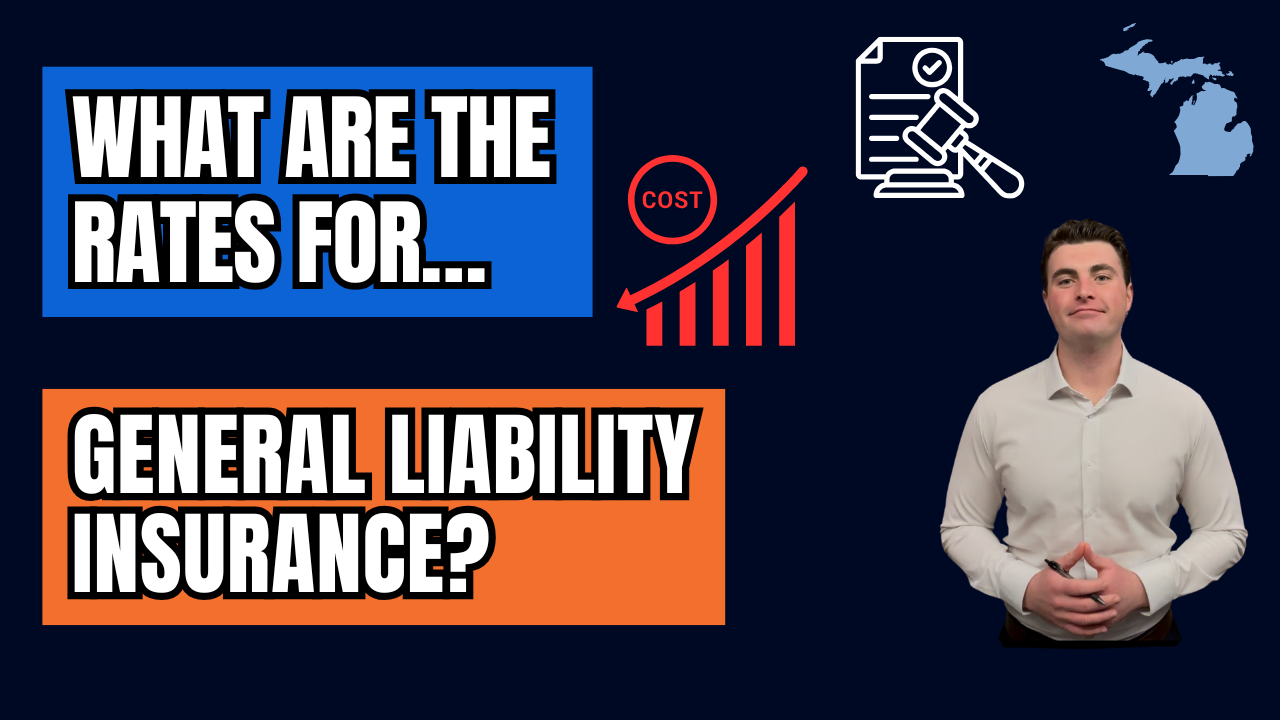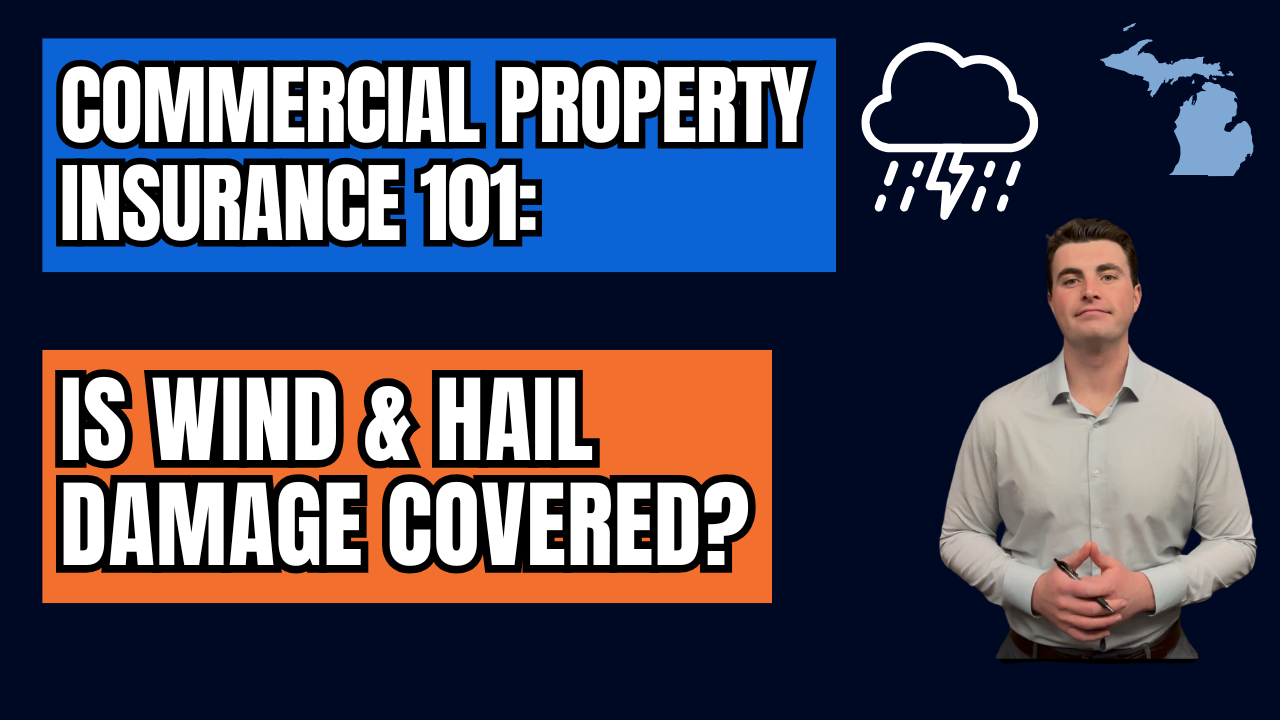What Is a Retroactive Date in Commercial Insurance? (And Why It Matters)
This is a subtitle for your new post
If you're reviewing a commercial insurance policy—especially one that uses claims-made coverage—you’ve likely come across the term retroactive date. But what does it mean, and why is it so important?
Let’s break it down.
What Is a Retroactive Date?
A retroactive date is the earliest point in time your insurance policy will cover an incident—as long as the claim is reported during the active policy period.
Think of it as a line in the sand. Incidents that happened before the retroactive date won’t be covered—even if you just discovered them today. But incidents that happen on or after that date may be covered, as long as you meet the reporting requirements of your policy.
Example:
If your policy has a retroactive date of
January 1, 2020, and a claim is filed for an incident that occurred on
December 15, 2019, it would
not be covered.
However, if the incident occurred on
January 3, 2020, and is reported during the policy period, it would be covered.
Where Retroactive Dates Are Common
You’ll most often see retroactive dates in claims-made insurance policies, including:
- Professional Liability (E&O Insurance)
- Cyber Liability Insurance
- Management Liability Insurance (D&O, EPLI, Fiduciary)
- Employment Practices Liability Insurance (EPLI)
These types of policies only respond to claims made during the policy period, but only if the event occurred after the retroactive date.
Retroactive Dates vs. Occurrence Policies
It’s important to understand the difference between claims-made and occurrence-based policies:
- Claims-made policies: Cover claims made during the policy term, but only if the event occurred after the retroactive date.
- Occurrence policies: Cover events that occur during the policy term, no matter when the claim is made—even years later.
Why Retroactive Dates Matter
The retroactive date plays a big role in determining whether you’ll have coverage. Here’s why you should care:
- Switching insurers? Make sure the new policy matches your original retroactive date to avoid gaps in coverage.
- Policy renewal or lapse? Confirm your retroactive date hasn’t changed or been reset.
- Business changes? Expansions, acquisitions, or restructuring may affect how your retroactive date should be handled.
What If You Need More Time to Report a Claim?
If you're not ready to renew or are changing providers, you might consider tail coverage (also called an extended reporting period). This allows you to report claims after the policy ends—as long as the event occurred while the policy was active and after the retroactive date.
Final Thoughts
Understanding your policy’s retroactive date is essential to protecting your business. It can be the difference between having coverage or being left exposed when a claim arises from past work.
💬 Need help reviewing your retroactive date or policy structure? Our team is here to help you avoid gaps and stay protected.
Contact Us
We will get back to you as soon as possible.
Please try again later.









